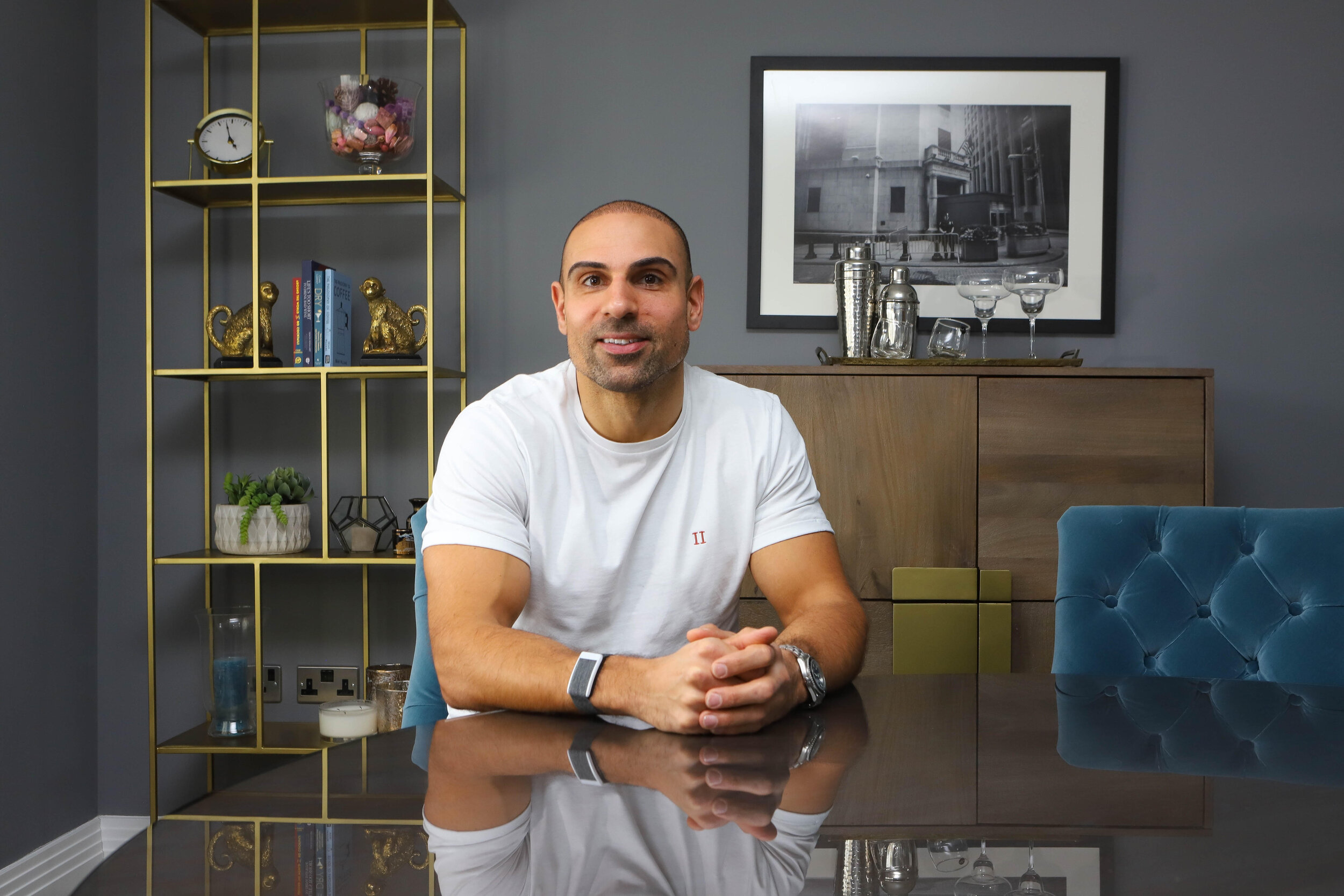
One of the biggest challenges in business is learning how to hire the best employees. Your team will be the making or breaking your company, and hiring right is critical to your continued success. Here is some advice straight from Simon Kallu.
Work Out What You Need
To identify who you need, you need to have clear revenue targets, as these will enable you to calculate how many people you need. For example, roughly work out how many hours go into selling a product or service. Be honest because this is your cost of sale.
At GrowFactor, it takes us 30 hours to deliver our Growth Package, and we know that we can service X clients with one person over the year. You can then add other times, such as admin, business development, CPD, internal meetings, etc., and come up with a rough capacity per person. If you only sell one service, this calculation is easy, but it can get quite complicated if you sell many services. However, the result is clarity over who you need and when to recruit ahead of the curve.
Implement An Effective Recruitment Process
Finding the right person for a role is the most significant difficulty. Therefore, it makes sense to have an open the door to receive and screen CVs all year round. Track and log good candidates, then reach out to them when you are recruiting.
If you are going to recruit and don’t have a database of suitable candidates, we recommend using a recruitment agency. Hiring is far too expensive to get the wrong person, so good recruitment agents are worth their weight in gold. If you give them a set of criteria for what you are looking for, they can reach out directly to people and find a selection of suitable candidates for you to interview.
Involve Your Employees In Your Business
While it is naturally vital to upskill yourself as a CEO or director constantly, it is also essential to share the knowledge you gain with your team. Imagine if you read, reviewed, and listened to half the information you do now, but you shared everything with your team and helped them progress their capabilities.
By doing this, you are creating synergies, and your results will improve tenfold. To engage your team in the process and motivate them to act, find their pain points and understand their “why.”
You can do this for each employee by having clarity about what they need to do, how they can progress within the organization, and proving all the excellent work they have done is rewarding to them and their goals.
Reward Good Behaviour
You don’t want employees that want to hide on trashy news websites all day. So it’s vital to keep all your staff engaged in what they are doing, so they are not tempted to seek an escape from work.
I suggest that you create a results plan for each week and each day and sharing this with the rest of the team. This ensures everyone knows what everyone else is doing, and synergized teamwork is the result. Reinforce good behaviors with rewards and recognize them every day until it becomes a habit.
The beauty of this is that you can apply it to any area of your business. It would help if you rewarded positive actions with rewards to ensure that employees do them again, and this also applies to you. The great thing is this doesn’t have to cost money. You can use your real-time performance review system to note and give stickers to employees for good work. Make sure this is remembered during appraisal time and that they know you value it. Check out Clear Review for an excellent system to manage employee appraisals and development. For smaller organizations, Small Improvements are remarkable.
Create Financial Incentives
The traditional way to pay employees – a base salary with incremental increases each year – does not offer any clear sense of progression to them as individuals.
There are better ways to do it. One of these is a profit-sharing scheme like the one in place at John Lewis. This general scheme encourages employees to have excellent performance all around, not necessarily just hit targets to help the company achieve a sure profit. A percent of this profit is then shared across the entire organization.
An employee share option scheme like this brings vital employees into the share structure, so they have a direct reward for increasing profits based on their shareholding. It means they are part of the journey, invested in the end game, and more likely to stay with you for the long term. And If it is set up correctly in the first place, it can be simple and easy to manage.
To learn more about how Simon and his team do business, visit growfactor.com.
